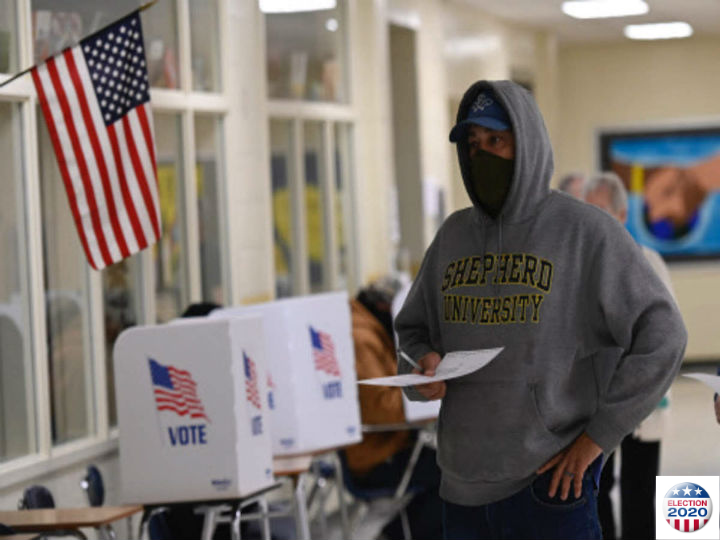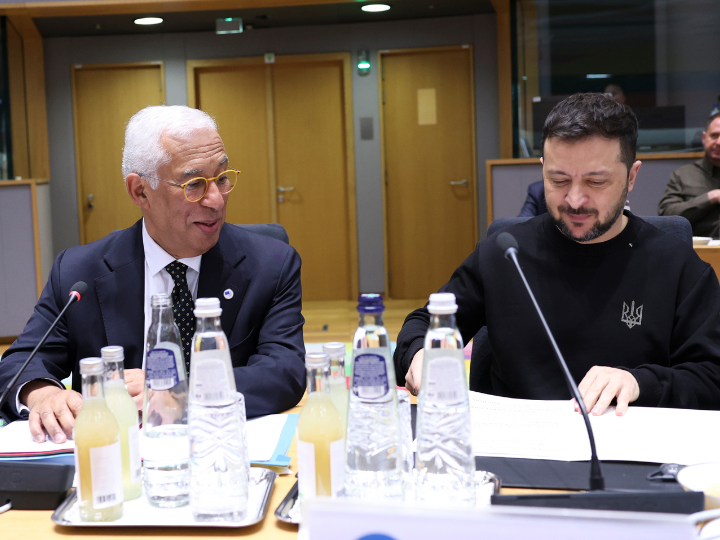by N. Peter Kramer
Former Vice-President Joe Biden holds a 10-point lead over President Trump in the final Wall Street Journal/NBC News national survey, while polls in many battleground states suggest that enough are in play to allow either candidate to build an Electoral College majority. Biden’s lead among voters nationally is about the same as then-candidate Barack Obama held in the final WSJ/NBC poll in 2008. Obama went on to win the popular vote by 7 points and carry 365 electoral votes, comfortably more than the 270 needed. Biden’s lead is also larger than the 4-point advantage that Hillary Clinton, the prior Democratic nominee, held in the final WSJ/NBC poll in 2016.
Many people who set their expectations of the 2016 outcome by looking at polls wre surprised by Trump’s win, as most surveys showed leads for Clinton, though often modest ones. In studying why many polls missed the mark, the American Association for Public Opinion Research determined that national polls were among the most accurate in 80 years. Collectively national surveys pointed to a 3-point win by Clinton, well within the margin of error of most polls.
But many pollsters in individual states failed to detect the strength of support for Trump, especially in Pennsylvania and the Upper Midwest. A panel convened by the association pointed to two main problems. Many pollsters included too many college graduates in their samples and too few working-class voters or those without four-years college degrees. The panel found that rural voters may have been underrepresented as well. As a result, those polls included too many Clinton supporters and too few Trump supporters.
Many pollsters have started making statistical adjustments but not all of have done so. New firms have started conducting polls, may using online surveys. The online polls use an assortment of methodologies These new polls add new uncertainties as the public looks to polling as a measure of the race in battleground states. Surveys are done with registered voters, but not all of them participate in an election. Some pollsters try to sift out those who will not cast ballets from those who will.
National polls cannot predict the Electoral College outcome. But generally, the larger the national lead, the more likely is that the candidate can assemble enough states for an Electoral College majority. Beyond that, a national poll gives clues to the broader environment. The latest WSJ/NBC survey suggests that the 2020 election will have a large gender gap, with women favouring Biden and men Trump. It also shows that the coronavirus outbreak is about equal as a concern as the economy as voters decide on a candidate. In other words, this year is like no other!






